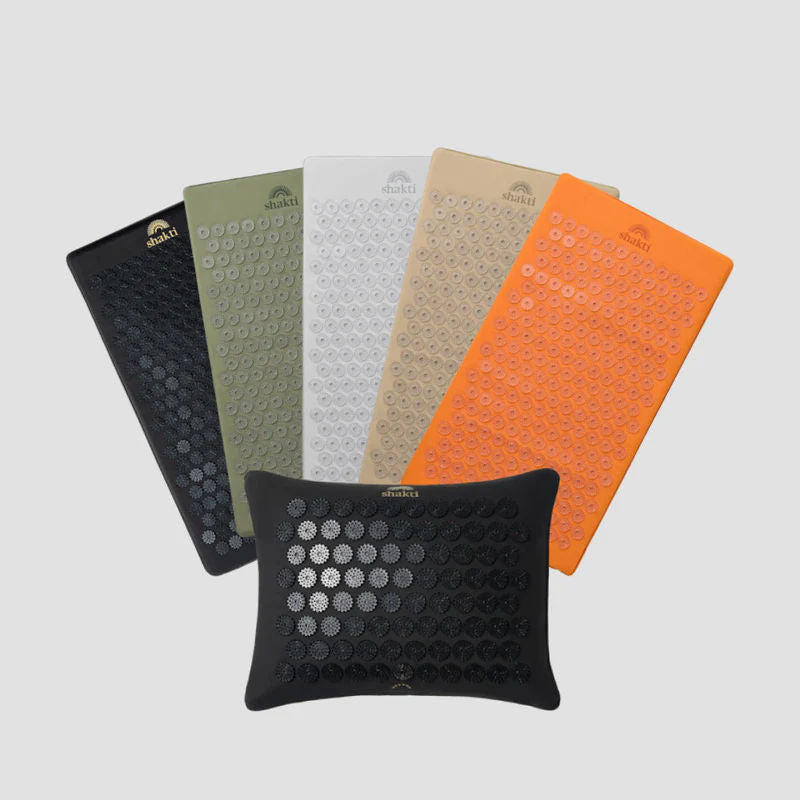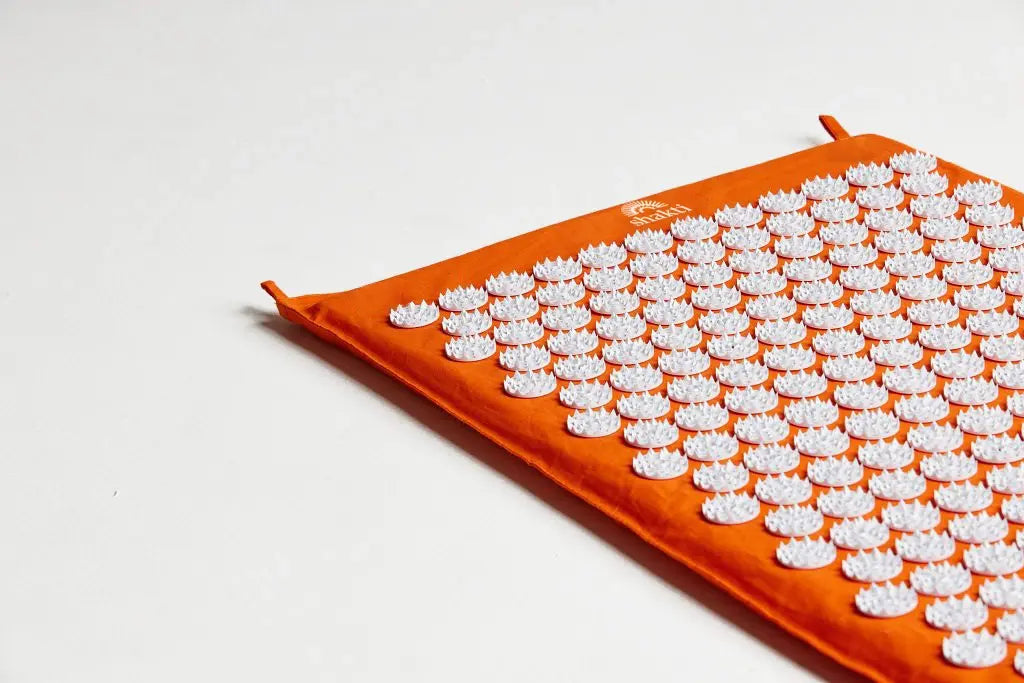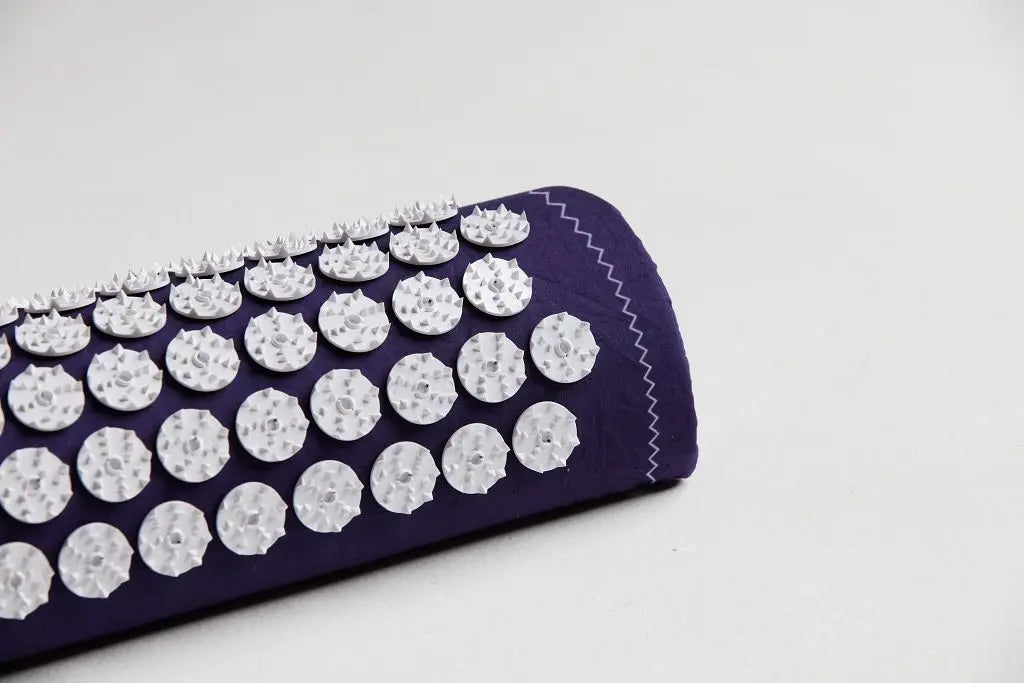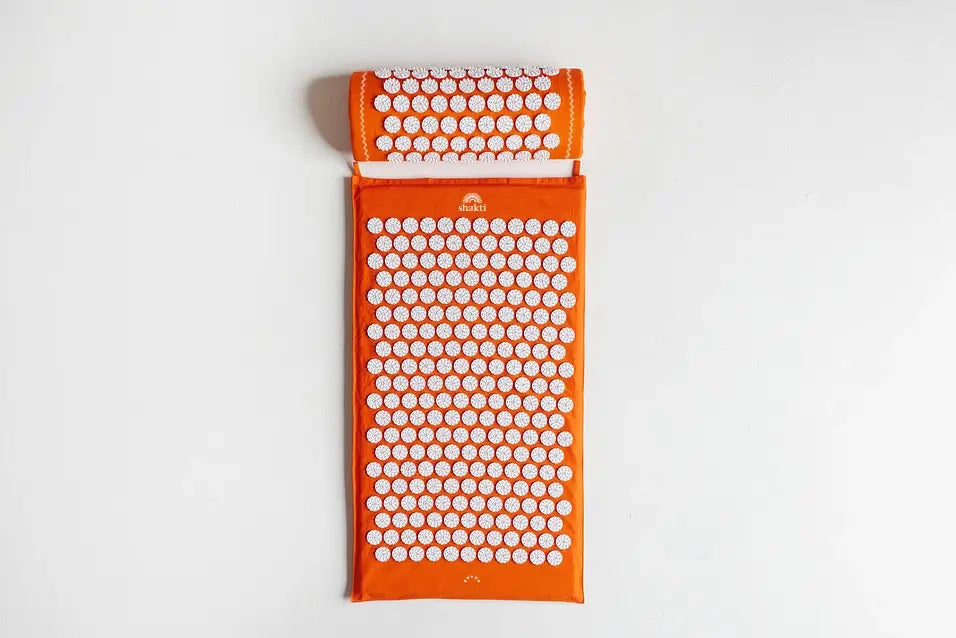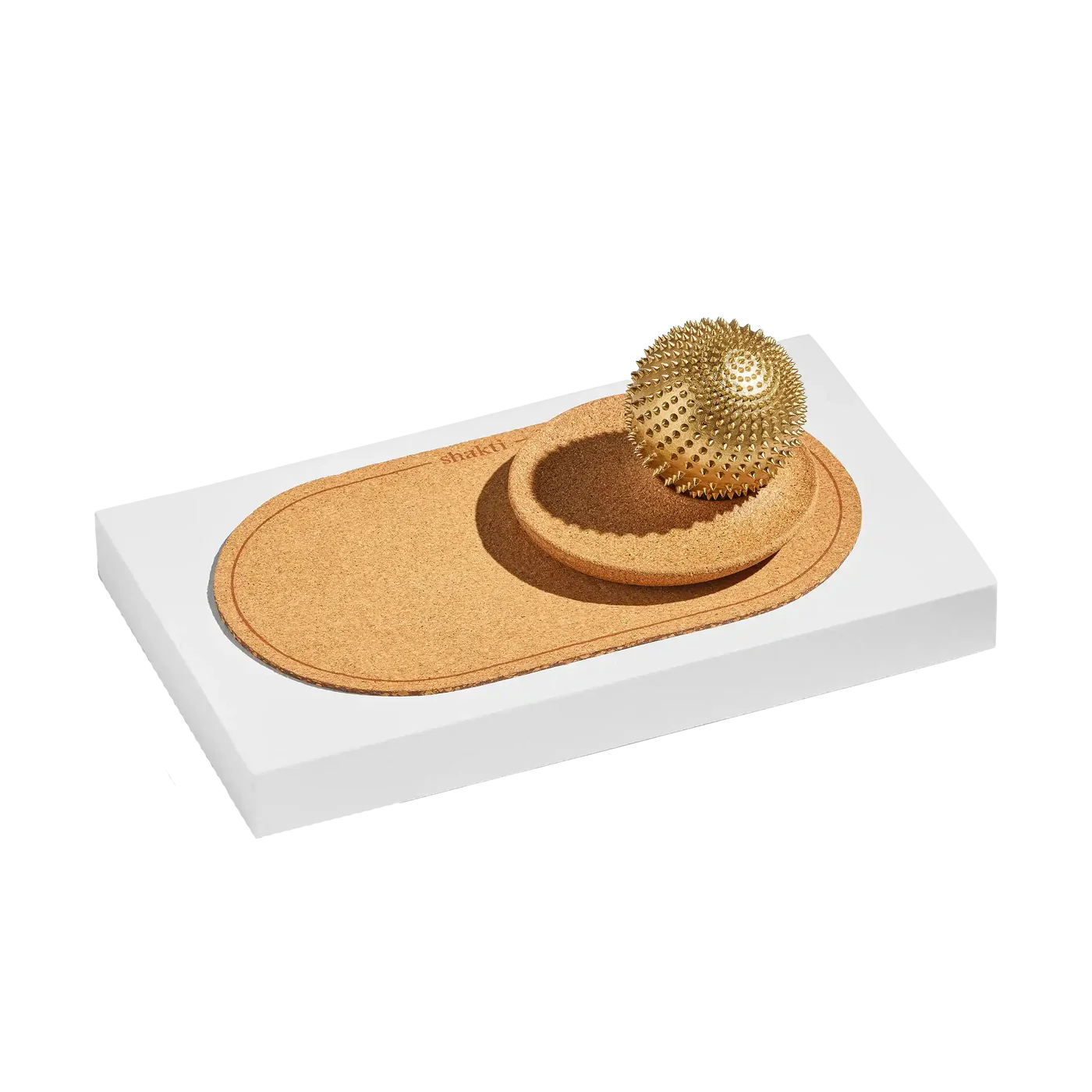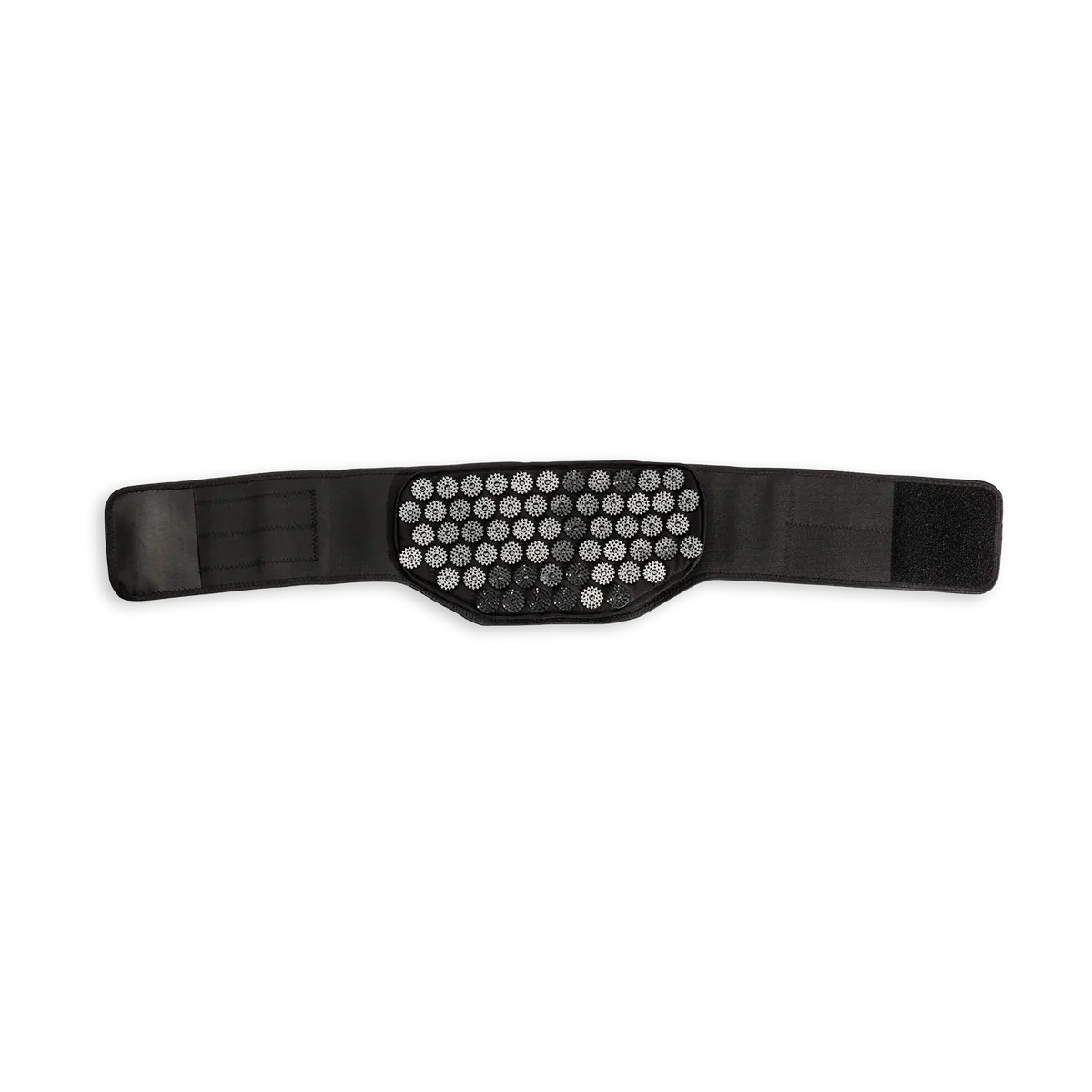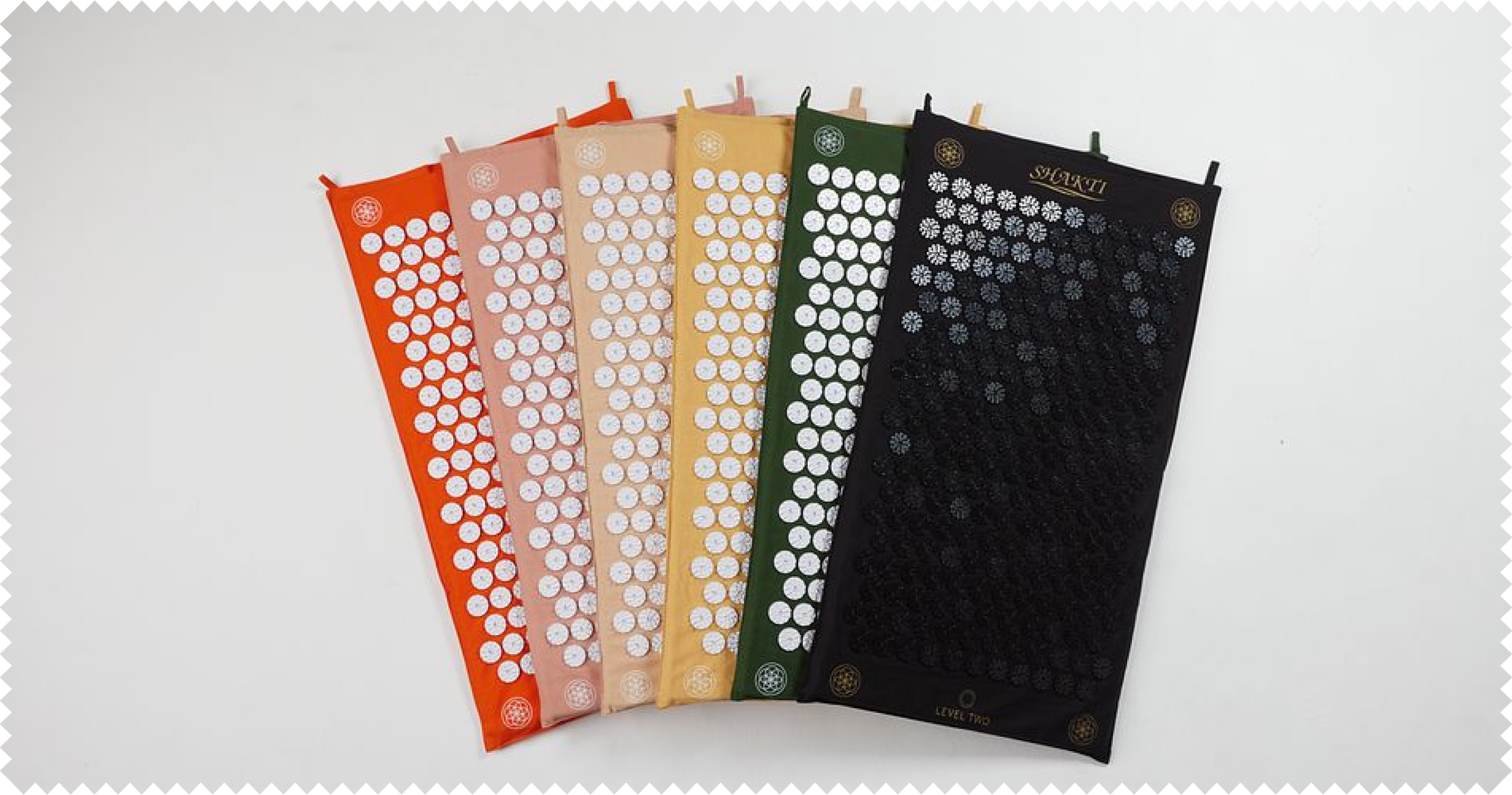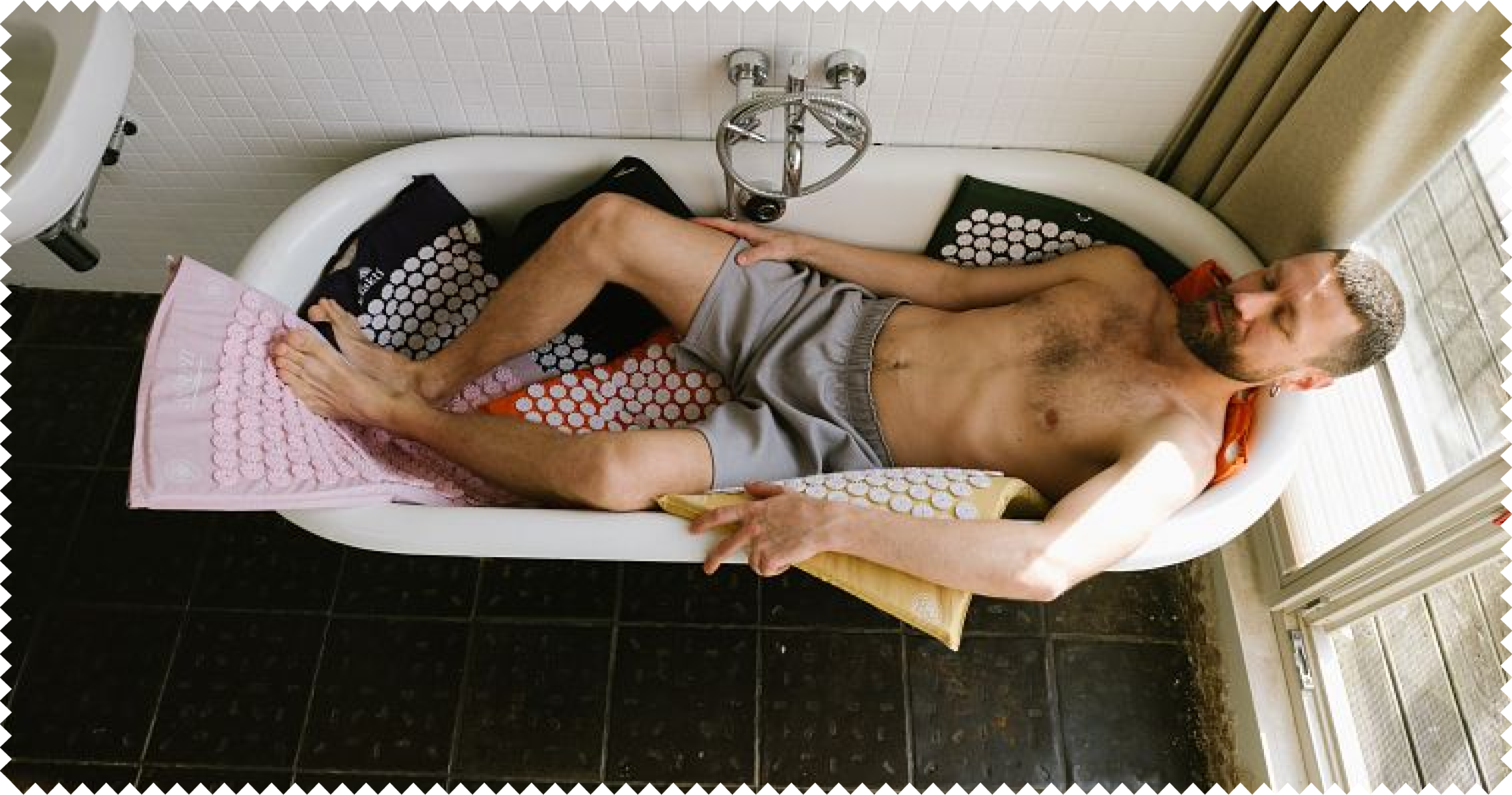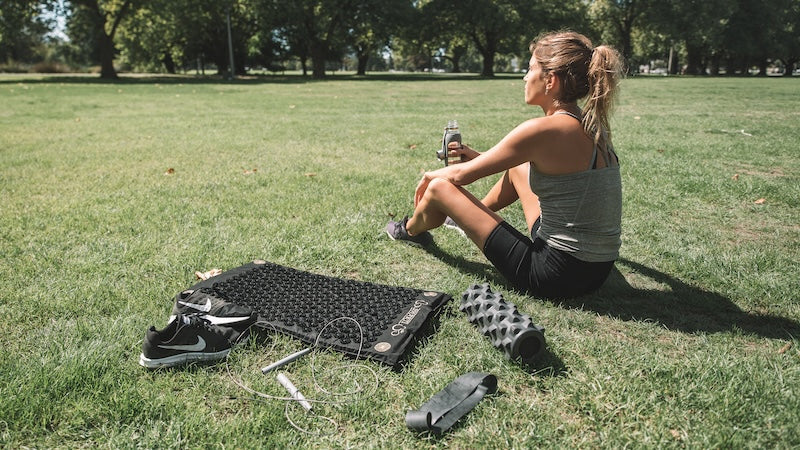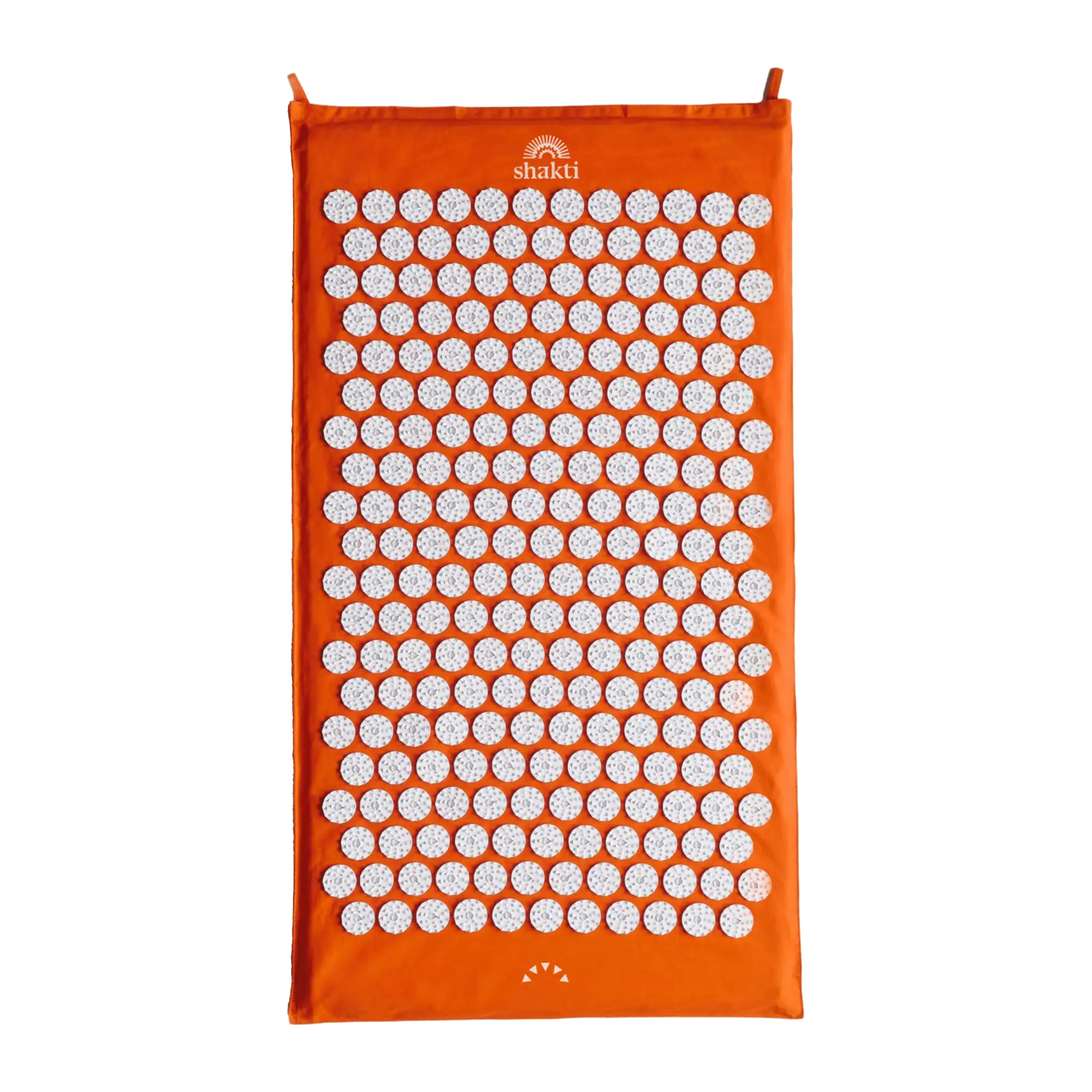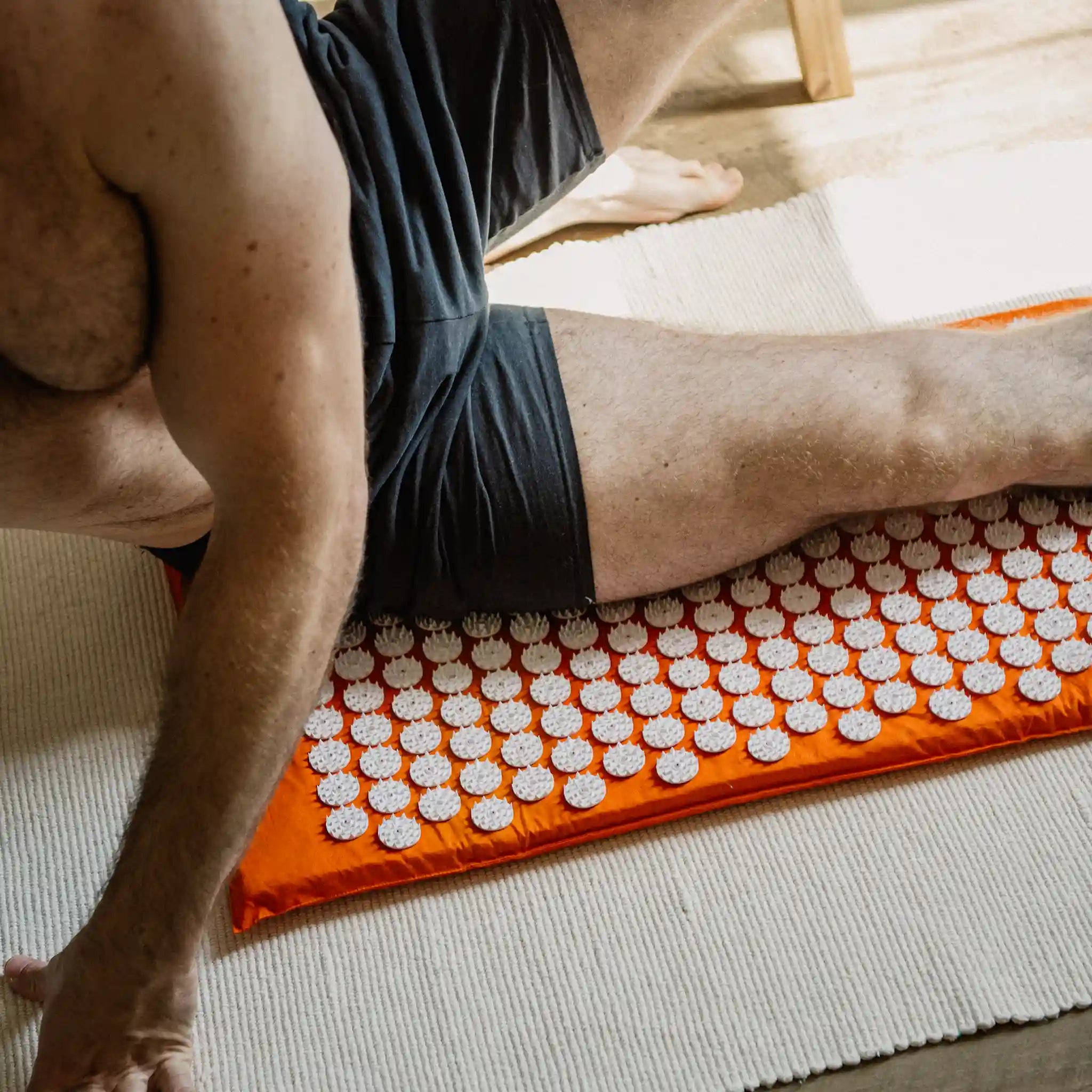Have you pulled your groin? Sometimes our body gives us a little nudge to make us take better care of it. A pulled groin is such a classic signal. This annoying injury shows us that we have misjudged ourselves, that we may even have overestimated ourselves a little - and should now slow down a little. In a nutshell: an adductor strain can really slow us down in everyday life and during sport. But what exactly happens with such a strain? Let's take a look together at why a pulled groin occurs and, above all, how you can tackle recovery. We'll look at immediate measures as well as longer-term treatment approaches and, of course, preventative measures.
Content
1. groin strain: symptoms at a glance
2. groin strain: are the symptoms different for women and men?
3. now we get to the bottom of the cause of groin strain
4. can I influence the duration of the groin strain?
6. our gentle groin stretching exercises for you
Groin strain: symptoms at a glance
Are you wondering? How does a pulled muscle in the groin make itself felt? An adductor strain is characterized by various symptoms, which can vary depending on the severity of the injury. A sudden, sharp pain or a pulling sensation in the groin area is the main symptom of a groin strain. Groin strain pain often worsens with certain movements or activities that strain the groin muscles, such as running, jumping or lateral movements. Some movements may even be restricted. For example, it may be difficult to lift the affected leg or the pain may interfere with walking.
In addition, the injured area may react sensitively to pressure or touch, feel warm due to inflammatory reactions in the tissue or be noticeable as muscle hardening. The affected area may also swell, especially in the first hours or days after the injury. Even bruising or discoloration can occur as small blood vessels in the groin area are damaged. However, it is important to note that the symptoms can vary depending on the degree of the strain. In the case of minor strains, there may be hardly any noticeable symptoms, whereas the symptoms are more pronounced in the case of more severe injuries. So there is not just one answer to the question: What does a pulled groin feel like? One thing is clear: if the symptoms persist, you should always consult your doctor to get an accurate diagnosis and appropriate treatment.

Groin strain: Are the symptoms different for women and men?
Basically, the symptoms of a pulled groin are the same for men and women. As already mentioned, a pulled groin usually occurs as sudden pain or pulling in the groin area, especially when the muscles are tensed. Only hormonal differences can affect the muscles and tissue structure. Fluctuations in the menstrual cycle can therefore play a role in women's sensitivity or susceptibility to injury. However, other differences in the symptoms and causes of a groin strain are less gender-specific and more due to different anatomical conditions and sporting preferences from person to person.
For example, anyone with a higher proportion of muscle and connective tissue in the groin area, whether male or female, is also exposed to a different risk of injury. Anyone who practices sports or activities that involve high loads on the groin muscles also increases the likelihood of an adductor strain. Soccer or field hockey, which require intensive changes of direction, are classic examples of this. It is of course important to emphasize that these differences are not universal and many factors, including fitness level and lifestyle, can influence the severity of the strain.
Now we are getting to the bottom of the cause of groin strain:
Groin strains are usually caused by excessive strain or unusual stress on the muscles in the groin area. This very general statement can of course be explained in more detail - and that's exactly what we want to do now. Because as soon as you know these possible causes, you can actually prevent them quite easily. That's why we've summarized the ten most common triggers of an adductor strain for you:
- Strains are often caused by sporting activities that require quick changes of direction, sudden stops, sprints or explosive movements. Sports such as soccer, tennis, basketball and field hockey can increase the risk.
- Insufficient warm-up before physical activity can lead to the muscles being less flexible. This increases the risk of strains.
- Repeated or excessive strain on the groin muscles without sufficient recovery time can also lead to overloading and strains.
- Inadequate strengthening of the muscles in the groin area can also increase susceptibility to strains.
- Low flexibility of the muscles and connective tissue in the groin area can also increase the risk of injury.
- Incorrect movement techniques or unfamiliar movement patterns can lead to excessive strain on the groin muscles and thus also promote strains.
- Lack of regeneration after intensive physical activity can increase the risk of injury.
- Increased body weight can exert additional pressure on the muscles in the groin area and cause injuries.
- Previous injuries or strains in the groin area can weaken the muscles and increase the risk of re-injury.
- Lack of hydration can affect muscle structure and increase the likelihood of injury.
Good to know: A combination of several factors often leads to a pulled muscle. The exact cause can vary from person to person. To prevent injuries, it is therefore advisable to warm up regularly, continuously strengthen your muscles and perform flexibility exercises. You should also make sure that you are practising the respective sports with the right technique.
Can I influence the duration of the groin strain?
Now to the next important point: how long does a groin strain last? Unfortunately, there is no clear answer to this question. The duration of a groin strain can vary greatly and depends on various factors, including the severity of the injury, the type of treatment, the patient's individual ability to recover and compliance with recommendations for rest and rehabilitation. In general, recovery time can be divided into untreated and treated cases:
Untreated groin strain:
In the case of mild strains, spontaneous recovery can take place within a few days to a few weeks - provided that the strain is reduced and sufficient rest is provided. Moderately severe strains can take several weeks to several months to heal if left untreated and may even result in chronic symptoms or an increased susceptibility to further injury. Severe groin strains can lead to long-term problems without treatment and recovery can take several months. Our conclusion: Let's not let it get that far, because the immediate measures in particular, which we will come to in a moment, are neither complicated nor time-consuming.
Treated groin strain:
With early and appropriate treatment, including rest, ice, compression, and elevation (R.I.C.E. method) as well as physiotherapy, recovery for mild strains can be faster. Moderate strains also benefit from the R.I.C.E. method, which we will introduce to you in a moment. Targeted exercises to strengthen and stretch the muscles in combination with physiotherapeutic care also support healing. A severe groin strain often requires more extensive treatment, including prolonged rest, physiotherapy intervention, specific exercises and, if necessary, medical care.
Groin strain - what to do?
First of all, we would like to introduce you to the immediate measures for a groin strain, the home remedy for groin strains, so to speak: the R.I.C.E. method.
- Rest: Avoid further strain on the injured groin muscles. Rest is crucial for healing.
- Ice: Cool the affected area. This helps to reduce swelling and relieve pain. Use a cold pack or ice pack, wrap it in a cloth and place it on the groin area for about 15-20 minutes.
- Compression: The swelling can be further minimized by applying a compression bandage. Take care not to apply the bandage too tightly so as not to impair blood circulation.
- Elevation: Keep the affected groin region slightly elevated to promote blood circulation and reduce swelling.
Once you have completed this initial treatment, the pain (especially in the case of a mild adductor strain) usually subsides noticeably. After an appropriate rest period, you can then start with the groin strain treatment, i.e. the longer-term treatment approaches.
Treatment of pulled muscles
Start slowly with light activities and gradually increase the intensity to rebuild the muscles. Special exercises to strengthen the groin muscles and improve flexibility prepare your body for future stress in the groin area. A consistent warm-up before sport and regular stretching exercises also improve the flexibility of your muscles in the long term. To reduce the strain on the affected muscles and ligaments and speed up the healing of the pulled muscle, a groin strain can be taped. However, this should be done by a professional. After the acute phase of the injury, heat applications can also help to promote blood circulation and relieve muscle tension. Our tip: A session on the Shakti Mat acupressure mat also really boosts your blood circulation and relaxes your muscles in a short space of time.
These measures already go a long way towards preventing a recurrence of a groin strain. You can also pay more attention to practicing your sport with the correct technique to avoid unnecessary strain. The right sports equipment, especially well-fitting shoes, are also important to ensure stable support. If you give your body regular breaks to regenerate and avoid overtraining, the risk of a new adductor strain will be further reduced. Our tip: listen to your body. It sends you signals as soon as it feels overloaded. Don't ignore them and take a break - better one too many than one too few.

Our gentle groin stretching exercises for you:
You can help a mild adductor strain to subside with suitable exercises. Stretching and loosening exercises are particularly suitable for getting your muscles back into shape. It also helps to stimulate blood circulation - also through massages or acupressure. The Shakti Mat acupressure mat can help you here, for example. Our tip: use it for your entire body and treat yourself to this quick relaxation in between!
If you have a few extra minutes to spare, you can try the following three simple and gentle exercises. Important: These exercises should be pain-free. If you experience pain during or after the exercises, stop them and seek professional advice. Your muscle strain may be more serious than you think. If the exercises are good for you, you are welcome to do them regularly. However, make sure you start off easy and gradually increase the load so as not to overstrain the muscles.
Stretch groin strain (knee to chest):
Lie on your back on a comfortable surface. Gently pull one knee towards your chest by placing your hands behind your thigh or directly below your knee. Hold this position for 15-30 seconds and feel the stretch in the groin area. Then switch to the other leg and repeat the exercise 2-3 times on each side. Make sure to perform the movement slowly and in a controlled manner so as not to overload the groin muscles.
Adductor stretch:
Sit on the floor and place the soles of your feet together so that your knees fall to the side. Hold your feet firmly and bring them as close to your body as possible. Place your hands around your feet and press gently on your knees to feel a stretch in your adductors. Remain in this position for 15-30 seconds and repeat the exercise 2-3 times. Do not force the stretch, but only go as far as is comfortable.
Leg lift:
Lie on your back and stretch one leg out straight. Now tense the muscles around the groin by pulling your toes towards you. Then slowly lift your outstretched leg about 20-30 centimetres off the floor. Hold this position briefly and then lower your leg again. Repeat the movement 10-15 times for each leg. The lower back must remain on the floor during the exercise. If this is too strenuous for you, you can perform the exercise with your knees slightly bent.
Your groin strain won't go away? Then we recommend a visit to your doctor and wish you a speedy recovery!


